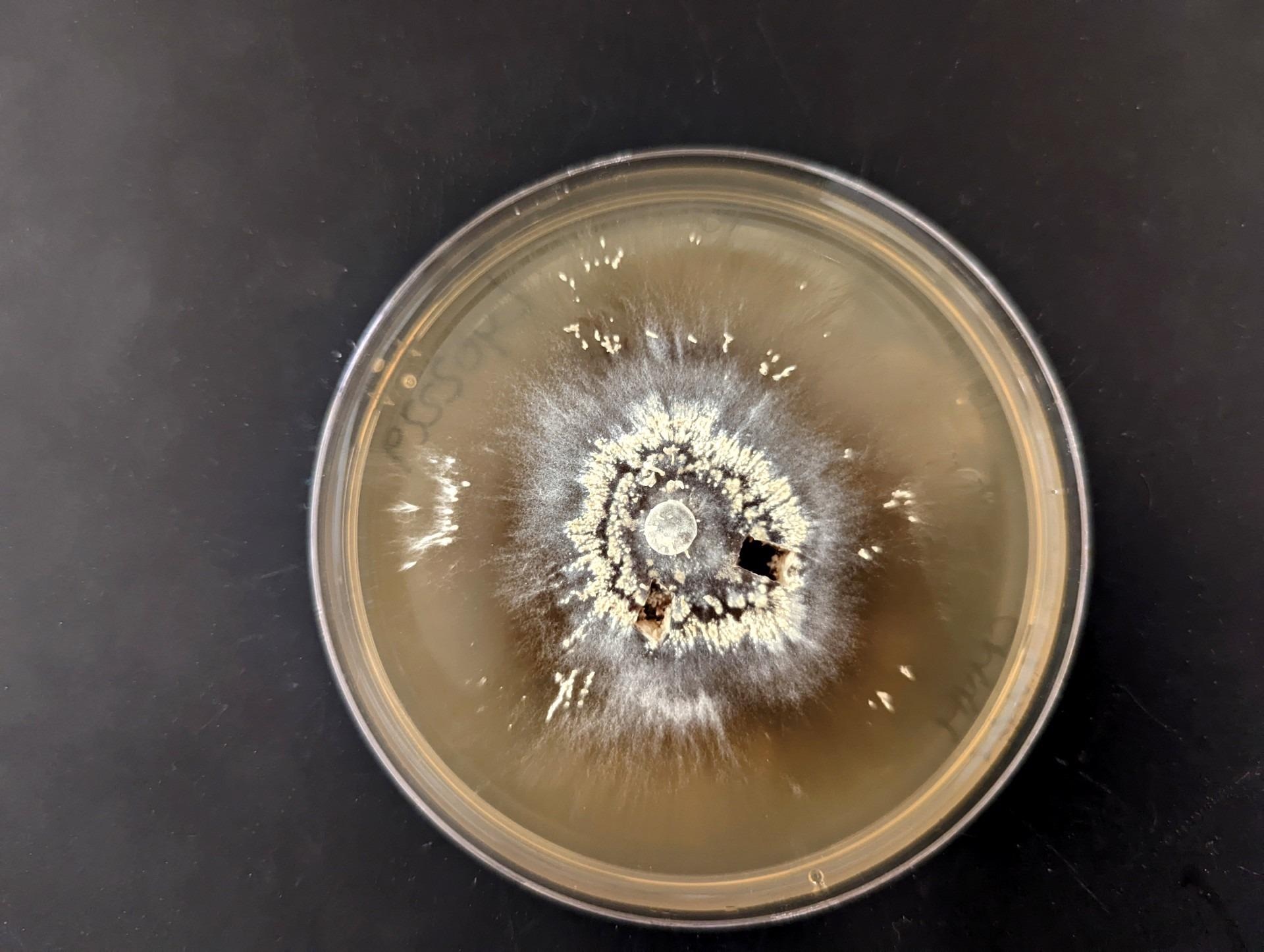Fungi and bacteria that can survive megafires in redwood tanoak forests are microbial “cousins,” typically growing in great quantity after experiencing the flames, according to a new study from UC Riverside.
 The fungus Lyophyllum Atratum thrived in post-Soberanes Fire soil. Image Caption: Dylan Enright/University of California-Riverside.
The fungus Lyophyllum Atratum thrived in post-Soberanes Fire soil. Image Caption: Dylan Enright/University of California-Riverside.
Megafires, or flames of unparalleled magnitude and intensity, are becoming more regular. Climate change is generating higher temperatures and earlier snowmelt in the West, lengthening the dry season, which is when forests are most vulnerable to fire.
Though certain ecosystems have evolved to withstand lower-intensity flames, little is studied about how plants and their associated soil microbiomes react to megafires, especially in California’s iconic redwood tanoak forests.
It is not likely plants can recover from megafires without beneficial fungi that supply roots with nutrients, or bacteria that transform extra carbon and nitrogen in post-fire soil. Understanding the microbes is key to any restoration effort.”
Sydney Glassman, Study Lead Author and Mycologist, University of California-Riverside
A study published in the journal Molecular Ecology by the UCR team contributes to this knowledge.
The study is unique for another reason, in addition to looking at the impacts of megafires on redwood tanoak forest microbes. Before and after the 2016 Soberanes fire in Monterey County, soil samples were taken from identical plots of property.
“To get this kind of data, a researcher would almost have to burn the plot themselves. It’s so tough to predict exactly where there will be a burn,” stated Glassman.
The team was not surprised to see that the Soberanes fire had a significant influence on bacterial and fungal populations, with the number of microbe species dropping by up to 70%. Researchers were surprised to find that certain yeast and bacteria not only lived but proliferated after the fire.
Actinobacteria, which help in the decomposition of plant matter, were among the bacteria that grew. Firmicutes, which promote plant development, assist manage plant diseases, and remediate heavy metals in soil, were also found to be up.
In the fungus category, the researchers discovered a significant rise in heat-resistant Basidioascus yeast, which can break down a variety of wood components, including lignin, the strong element of plant cell walls that provides the structure and defends them from insect attacks.
Some microbes in the burn-scarred soils may have employed unique techniques to increase their populations. “Penicillium is probably taking advantage of food released from necromass, or ‘dead bodies,’ and some species may also be able to eat charcoal,” noted Glassman.
The fact that fungus and bacteria—both of those that survived the megafire and those that did not—appear to be genetically connected is perhaps the team’s most important discovery.
They have shared adaptive traits that allow them to respond to fire, and this improves our ability to predict which microbes will respond, either positively or negatively, to events like these.”
Sydney Glassman, Study Lead Author and Mycologist, University of California-Riverside
In general, little is observed about fungi and their broad range of environmental consequences. Research like this must keep revealing new strategies to assist the environment to recover after wildfires.
One of the reasons there is so little understanding of fungi is that there are so few mycologists who study them. But they really do have important impacts, especially in the aftermath of major fires which are only increasing in frequency and severity both here and across the globe.”
Sydney Glassman, Study Lead Author and Mycologist, University of California-Riverside
Source:
Journal reference:
Enright, D. J., et al. (2022) Mega-fire in redwood tanoak forest reduces bacterial and fungal richness and selects for pyrophilous taxa that are phylogenetically conserved. Molecular Ecology. doi.org/10.1111/mec.16399.